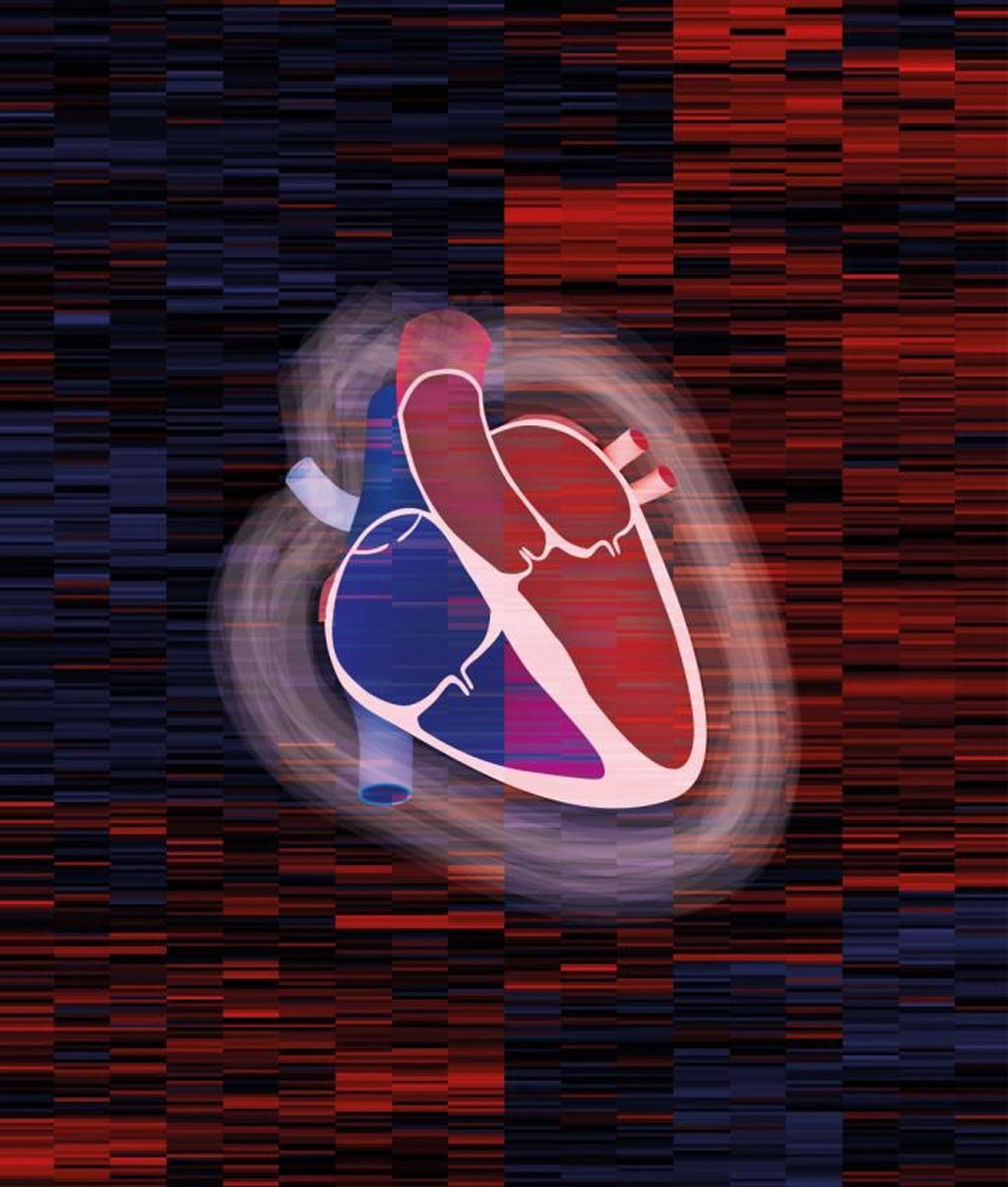Heart Map Facilitates Analysis of Cardiac Function
By LabMedica International staff writers
Posted on 04 Dec 2017
A team of German heart researchers used high-resolution liquid chromatography–mass spectrometry to generate a spatial and cell-type-resolved proteomic map of the healthy human heart that they have made available as a resource tool for future analyses of normal heart function and disease.Posted on 04 Dec 2017
Liquid chromatography–mass spectrometry (LC-MS) is an analytical chemistry technique that combines the physical separation capabilities of liquid chromatography with the mass analysis capabilities of mass spectrometry. Coupled chromatography - MS systems are popular in chemical analysis because the individual capabilities of each technique are enhanced synergistically. While liquid chromatography separates mixtures with multiple components, mass spectrometry provides structural identity of the individual components with high molecular specificity and detection sensitivity. This tandem technique can be used to analyze biochemical, organic, and inorganic compounds commonly found in complex samples.

Image: Foreground: Drawing of a cardiac muscle. Background: excerpt from a heart map, an overview of the proteins analyzed for the proteomic map (Photo courtesy of Doll, Kraue, Menzfield, Max Planck Institute of Biochemistry).
Investigators at the Max Planck Institute of Biochemistry (Martinsried, Germany) employed this technique to establish the healthy human heart proteome by measuring 16 anatomical regions and three major cardiac cell types. Specifically, they determined the protein profile of cells in all the regions of the heart, such as heart valves, cardiac chambers, and major blood vessels, and they also investigated the protein composition of three different cell types: cardiac fibroblasts, smooth muscle cells, and endothelial cells. Ultimately, from low microgram sample amounts, they quantified over 10,700 proteins.
The investigators reported in the November 13, 2017, online edition of the journal Nature Communications that by combining copy numbers per cell with protein organellar assignments, they were able to build a model of the heart proteome at the subcellular level. Analysis of cardiac fibroblasts identified cellular receptors as potential cell surface markers. Application of the heart map to atrial fibrillation revealed individually distinct mitochondrial dysfunctions.
"Looking at the protein atlas of the human heart, you can see that all healthy hearts work in a very similar manner. We measured similar protein compositions in all the regions with few differences between them," said first author Sophia Doll, graduate student researcher in the department of proteomics and signal transduction at the Max Planck Institute of Biochemistry. "We were also surprised to find that the right and left halves of the heart are similar, despite having quite different functions: the right half pumps oxygen-poor blood to the lungs, while the left half pumps oxygen-rich blood from the lungs to the body."
The heart map is available to researchers at http://maxqb.biochem.mpg.de as a resource to aid analysis of normal and diseased heart function.
Related Links:
Max Planck Institute of Biochemistry













